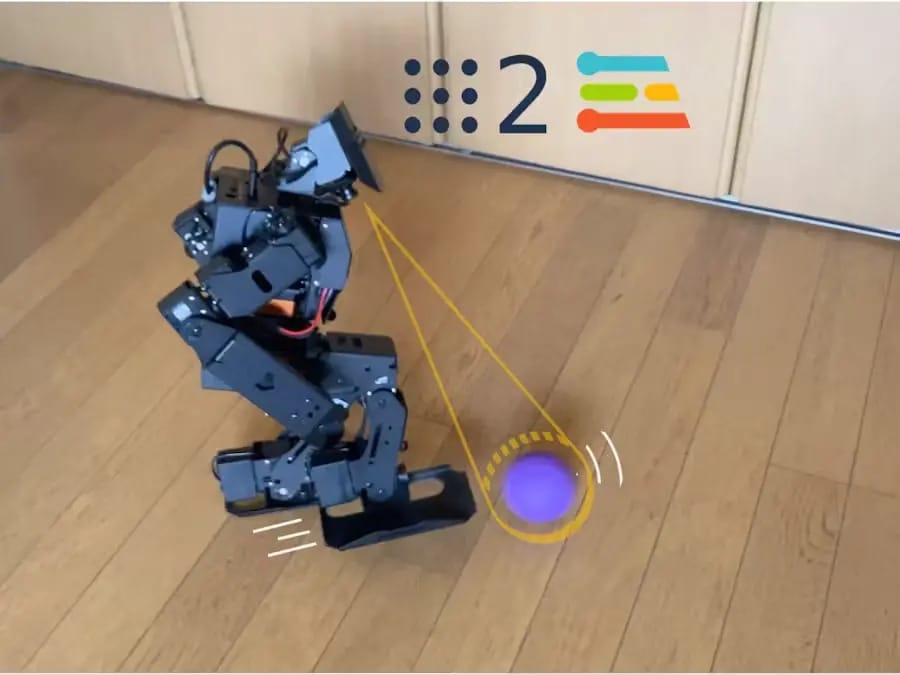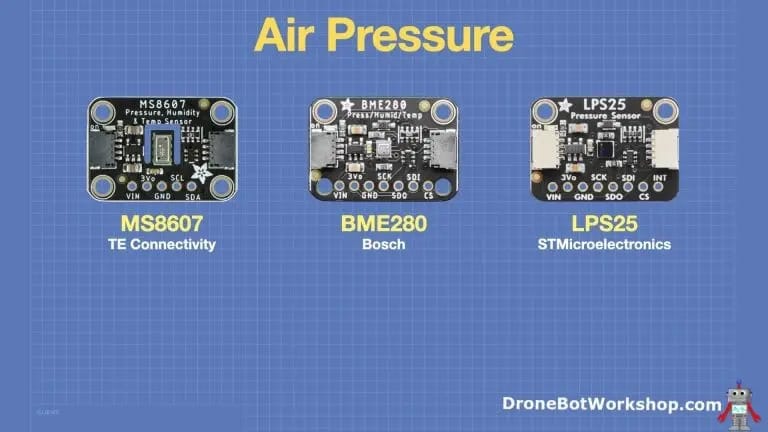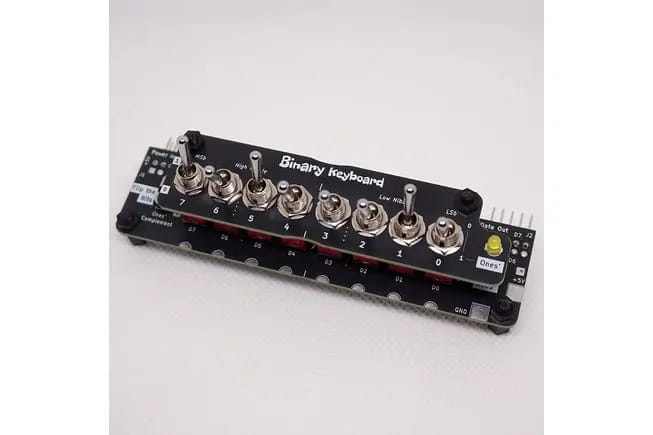- VoltJots | Electronics and IoT
- Posts
- VoltJots | Electronics and IoT
VoltJots | Electronics and IoT
Issue 66

Welcome to the latest edition of the VoltJots newsletter, linking you to the very best electronics and IoT news, products, and projects.
Hope you enjoy! Until next week,
VoltJots
NEWS & ARTICLES
The UAE is launching Boston Dynamics’ Spot robots with Analog’s tech, aiming to improve urban monitoring and maintenance through real-time data and AI-powered physical intelligence.
A new fluoride electrolyte lets solid-state batteries run beyond 5 V without breaking down, improving capacity retention over hundreds of cycles and working well in pouch cells for EVs and electronics.
Morphing Meta-antennas let you physically reshape them to switch transmission and reception frequencies on the fly, using simple patterns cut into layered materials that flex, fold, or stretch. This means one antenna can cover multiple bands or act as a sensor that changes signals when its shape shifts, like a door opening.
To get precise output voltage in a power-supply circuit, you need to understand how component tolerances and load transients affect regulation. This article covers the key factors that influence voltage accuracy and shows how to optimise the control loop and test the circuit under changing loads.
RISC-V’s latest CPU cores with vector processors and fast interfaces are closing the gap with ARM, aiming for parity by 2026. Companies like Andes and SiFive are driving AI-focused RISC-V chips, supported by a growing ecosystem of SDKs, compilers, and tools.
Instead of bulky batteries or high-frequency coils, these tiny antennas fit inside the body via a needle and get power from a magnetic field generated by a wearable charger, enabling smaller, safer, battery-free medical implants.
PROJECTS & TUTORIALS
This project runs a YOLO-Pro ball detection model on a Particle Tachyon with Qualcomm AI Accelerator, letting a humanoid robot see, plan, and kick balls automatically using ROS 2 to coordinate its actions.
The ESP32-CAM’s powerful processor and camera let you create a Telegram bot that takes pictures and videos on demand. This step-by-step example explains how to set up wireless image sharing and remote control through Telegram messaging.
Discover the principles behind DC linear power supplies and get step-by-step instructions to make a simple, reliable circuit that regulates DC voltage from AC.
Using microcontrollers alongside sensors such as the MS8607, BME280, and LPS25HB lets you measure air pressure accurately for altitude and climate tasks. Boards like the Arduino UNO R4 WiFi and Raspberry Pi Pico 2 handle these sensors easily, making it straightforward to add pressure sensing to your electronics projects.
You can code a Digispark ATtiny85, a small 8-bit AVR microcontroller board with USB connection, straight from Arduino IDE, making it easy to build compact projects like wearables or simple automation without extra hardware.
A low-cost CH32V003 microcontroller runs the Talkie library, recreating classic LPC speech synthesis on minimal hardware with a single-transistor speaker circuit, demonstrating six seconds of compressed audio playback.
By creating a magnetic field when current flows, inductors resist current changes and are essential in circuits for energy storage, signal conditioning, and controlling unwanted frequencies.
Using the LM386 IC, you can quickly put together a low-power speaker amplifier that’s great for learning how audio amplification works and powering small devices like radios or toys.
Put together a time-lapse camera using the M5Stack TimerCamera X and the Camera-Tool app, and use a Python script to turn your snapshots into a smooth video.
PRODUCTS
Microchip’s PIC32-BZ6 family offers a mid-range 32-bit Arm Cortex-M4F MCU with 2MB flash and 512KB SRAM, supporting multiple wireless standards like Bluetooth LE 6.0 and Thread. It integrates motor control, touch interface, and security features, all in a rugged package suitable for demanding environments.
This 8-bit toggle keyboard gives you a solid, retro way to set and flip byte values with slide or toggle switches, showing output via LEDs and letting you test logic levels easily on your breadboard or Arduino.
With wide voltage support and J-FET inputs, the MUSES8921 series delivers low distortion and noise in dual op amps. They’re designed to keep audio signals clean across preamps, active filters, and line amplifiers in home and professional setups.
The LR 16 Click is a mikroBUS-enabled board using the STM32WLE5CCU6 chip to provide low-power LoRaWAN connectivity at 13.4dBm output, featuring support for smart farming, asset tracking, and environmental monitoring alongside open-source libraries and automatic board ID.

Thanks for subscribing and reading. If, however, you are not a subscriber, and you would like to receive this newsletter in your inbox, then hit the subscribe button now — it’s free, and you can unsubscribe any time you like.








